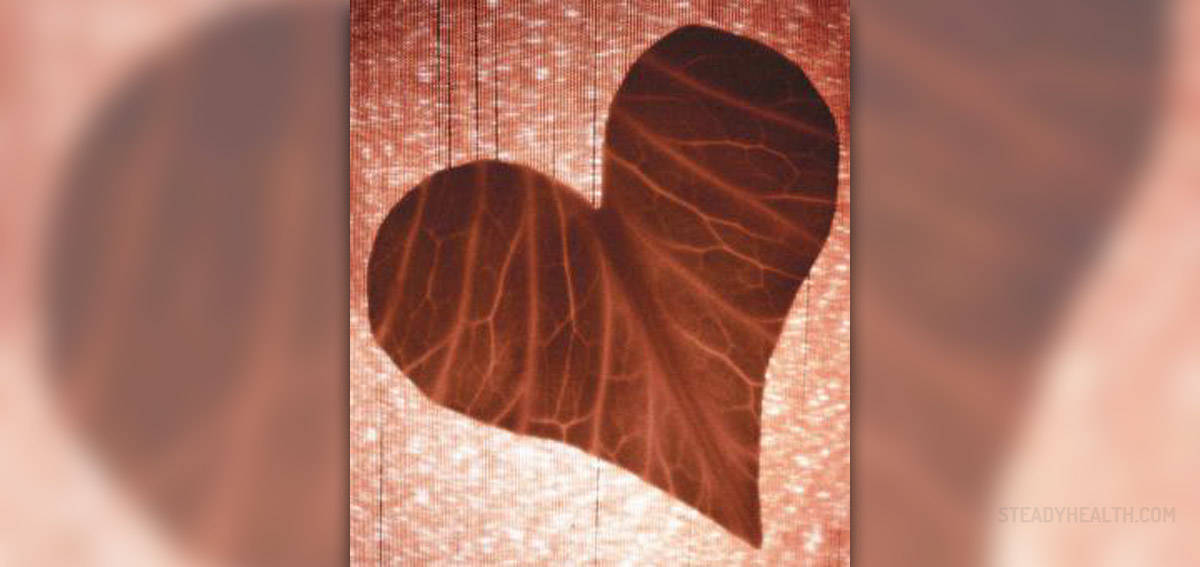
This is a step by step account of the procedure. First you will be asked to lay down with an x-ray machine above you in the catheterization room in the hospital or a local anesthetic is put in the area and a small incision is made in the groin or arm so a catheter can be placed inside the blood vessel. The catheter will be gently pushed along the vessel making its way to the heart and this is where small x-rays are taken so as to guide the doctor with the catheter. Once the catheter reaches the heart it is then pushed through the main coronary artery and dye is pumped down the catheter and again x-rays will be taken to see the dye going though the vessels and will show the doctor where any narrowing is. This is called an angiogram. This procedure is done again to the other artery so the doctor can get a full understanding of all the problem areas. There is no pain what so ever throughout this procedure, you cannot feel the catheter moving nor can you feel the dye.
Preparation of a coronary angiography
Your doctor will fully explain to you how to prepare for the coronary angiography however you will probably be told to have a blood thinning drug before the test to prevent any excess bleeding and you will more than likely be asked to have a blood test or an ECG just to confirm you are ok for the test. You will probably be asked not to eat or drink several hours prior to the test and to remove the hair from your groin. There will be a consent form for you to sign to show you understand any possible complications that could come up.
Time length for a coronary angiography
It is a short procedure that takes approximately half an hour.
After the test is complete
The doctor who did the test will tell you what was found and they will also send the results to your doctor. You will most likely need to relax for the next few hours or so as there could be some bruising where the catheter was inserted and could cause a little soreness after the anesthetic wears off. risks and side-effects The risks and eside efforts are minor including a possible bruise or a little wound or infection where the catheter was put in. A rare side effect is an angina pain during the angiography.


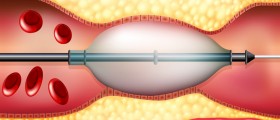




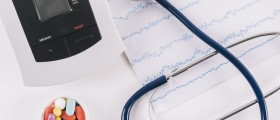
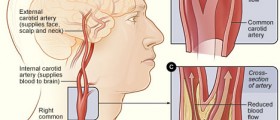



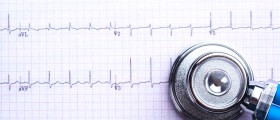




Your thoughts on this
Loading...